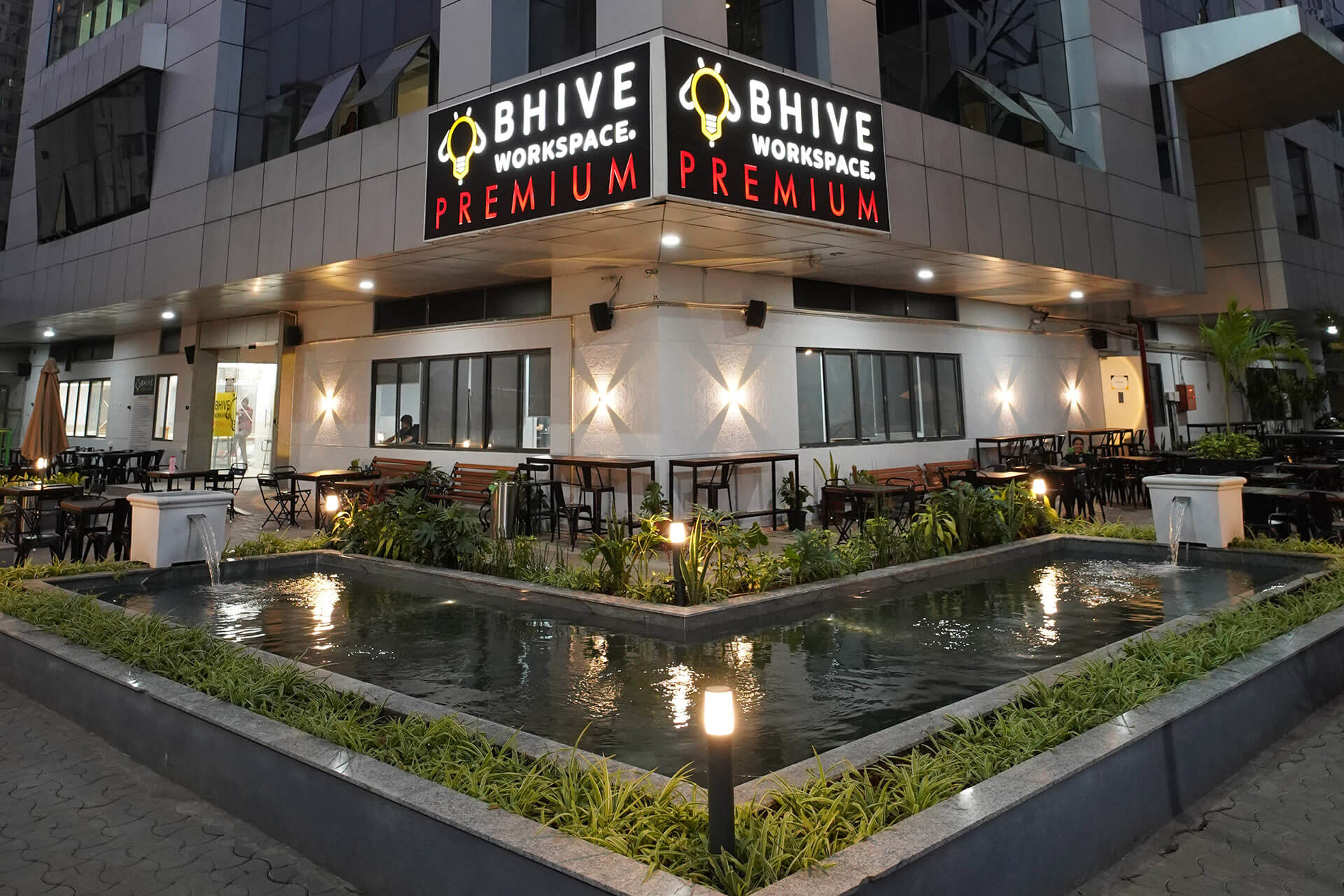- Choose CRE locations with long leases: When lease agreement is signed with a lock in of longer duration, it gives more security to the investors. Commercial properties are ideally based in prime locations and rented by AAA multinational tenants such as IBM, Deloitte, etc. Such players have a track record of honouring rental leases and have a minimum stickiness of up to 10 years.
- Avoid complicated lease structures: From obtaining the rent roll to resolving contractual obligations, any loophole within the lease structure can leave the owner vulnerable to unforeseen expenses, liabilities, etc. These developments can turn a good investment decision into a regretful one. One should invest through CRE investment platforms as they address this challenge by hiring top-notch legal advisories to complement their in-house legal experts, ensuring that no contractual ambiguity endangers the investor or investment despite the complexity of lease agreements.
- Prefer yearly escalations over time bound: Rental escalation in CRE usually range from 5% - 7% and if the lease is signed with yearly escalation the increase comes across as more gradual than sudden. Even if the tenant decides to stick around for 5 years the end term benefit in a Grade A property rented by a blue chip company can easily yield returns of around 15%-20%. Additionally, these returns are much safer even during volatile times.
- Invest in completed projects only: The unpredictable nature of construction completion in Indian real estate has impacted many investors in the past few years. In such a scenario, even while investing in commercial real estate it is best to choose a completed project with well-known tenant to mitigate risks. Furthermore, choosing tenants for whom rent is a mere expense and allowing them to customise little bit can work in favour.
- Never compromise on financial advisor: A certain degree of risk is involved in every investment instrument. The same goes for real estate properties. With emerging technologies such as Big Data, predictive analytics, and AI providing more information and clarity in risk assessment, investors on technology-driven online platforms have been moving beyond the age-old technique of speculation. This way the risk associated with investment is also mitigated, as the investment model followed by these platforms allows for the diversification of portfolio across multiple properties.
- Be well read about the cycle of real estate: Residential and commercial real estate have different demand vectors driving them; while residential real estate is largely dependent on factors such as interest rates and net disposable income of people, commercial real estate is driven by the ease of doing business in the geographical area and the trade sentiment within the economy. It is important to understand the demand-supply dynamics of commercial and residential real estate to make sound investments.



















